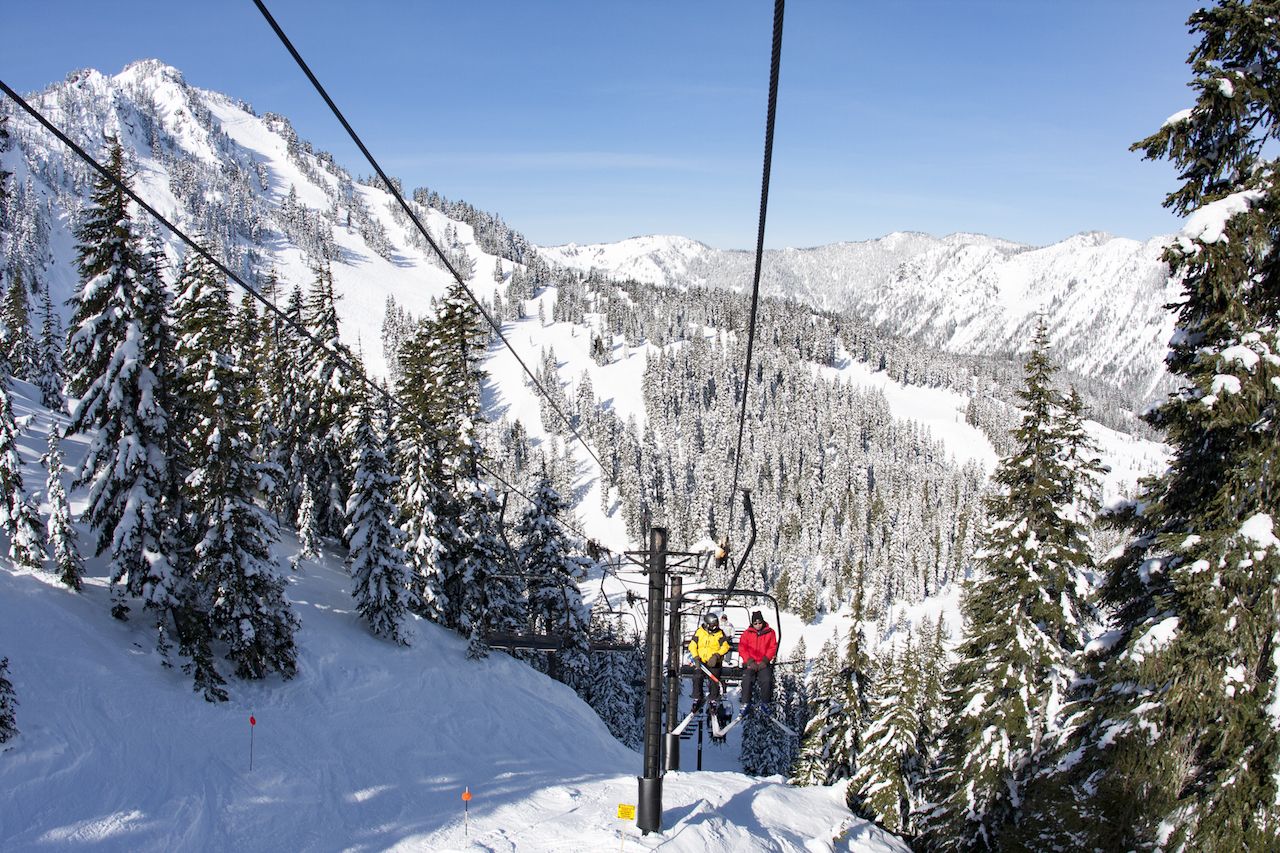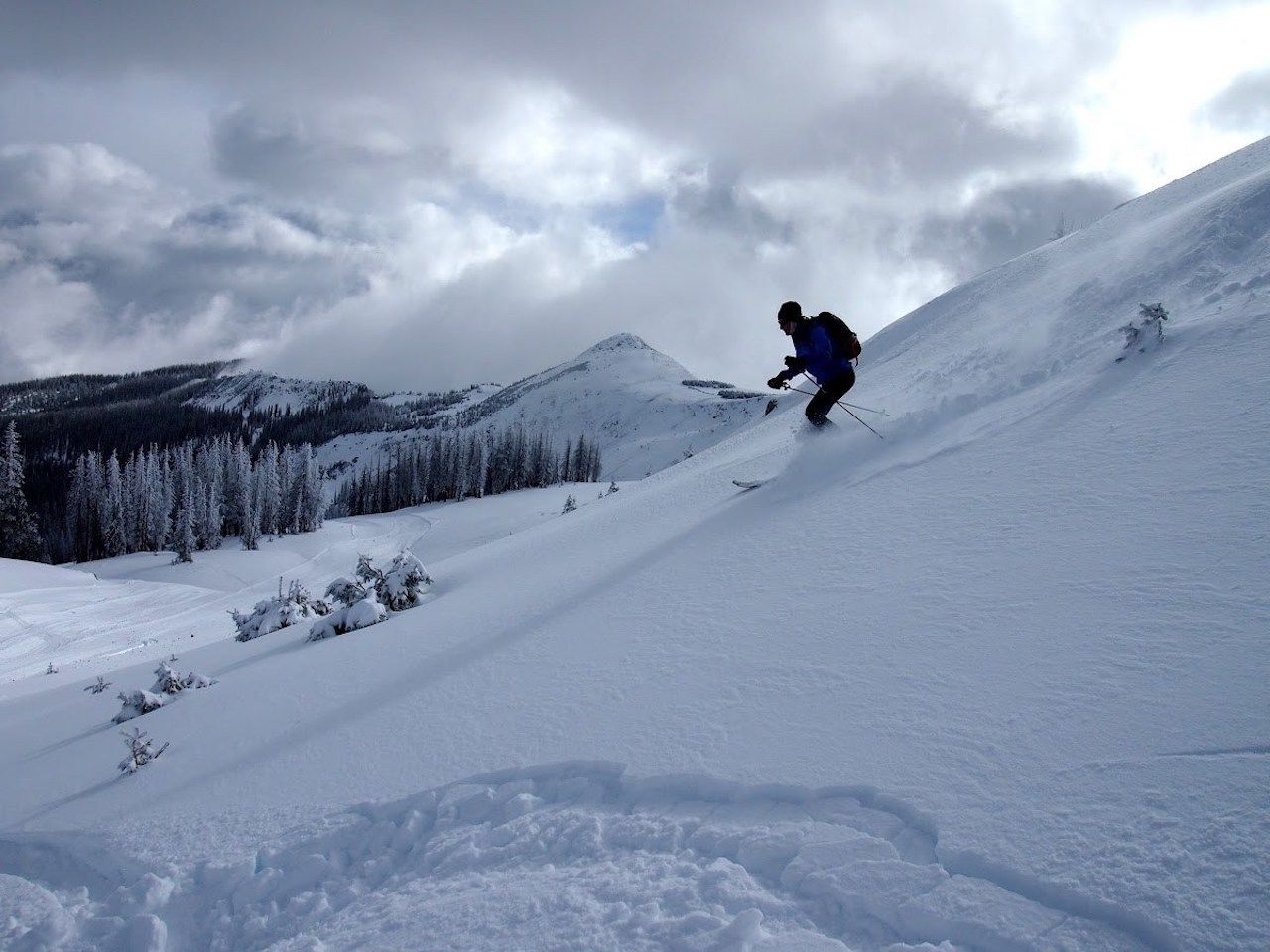Skiers and snowboarders are fond of overarching statements. “I’ve skied Utah,” they might say after a four-day road trip to three different resorts. The thing is, it’s impossible to experience a great ski area in one day. Knowing a mountain requires enough time to explore its many slopes, or even lapping the same run a few times to find a truly memorable line.
If you’re putting in the effort and money to do a big ski trip, do yourself a favor and spend some time getting to know a single destination. Instead of rushing down the highway to the next mountain, we recommend exploring one of the three following resorts this winter.
If you buy your pass and book now, you’ll save big bucks by locking in first-choice dates outside of peak times like Christmas and New Year’s, Martin Luther King, Jr. Day weekend, and spring break. Plus, if you’re a savvy ski traveler that wants to ski the entire season, buying a season pass now means you won’t have to break the bank.



